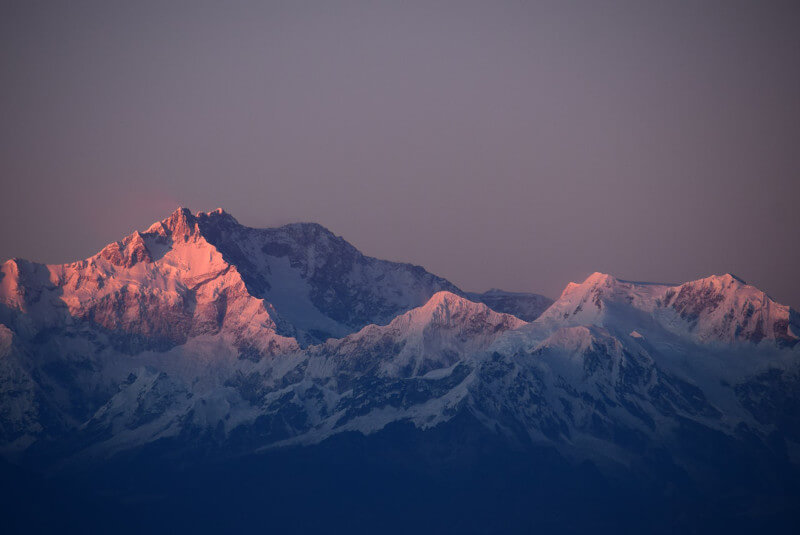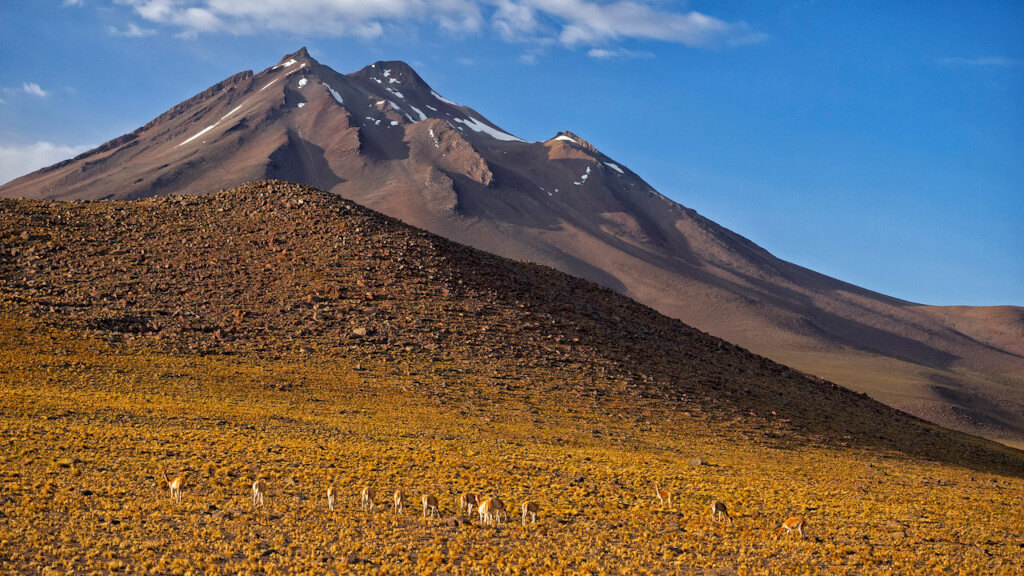The Mountains Are Very Unique and Beautiful Places
They are characterized by distinct climates that are, on average, wetter and chillier than the lowlands that surround them, and they are home to plants, animals, and natural landscapes that can only be found in these particular environments. However, climate change poses a risk to mountains, and this danger affects every single characteristic of mountain ranges, including their climate, the procedures of erosion and weathering the soil conditions, the ecosystems, the water supplies, the geomorphological dangers, the regional economies, and the cultural traditions that people engage in.
The research on the effects that ongoing climate change is having on mountains has shown me how sensitive mountain characteristics and processes are to shifts in temperature and precipitation, which are most commonly manifested in mountains as changes in the amount of snowfall. The mountainous regions of Africa, on the other hand, are poorly understood in comparison to other mountain ranges around the world. Therefore, the focus of this article will be on mountainous regions in Africa, the reasons why these regions are especially vulnerable to the effects of climate change, and the significance of these findings.
The Ice Precipitation on African Mountain Ranges

One of the most prominent characteristics shared by mountains all over the world is the tendency to be covered in snow and ice. This is a reflection of cold temperatures and moist air over the peaks of the mountains. Snow and ice not only provide exceptional environments for a wide variety of species of animals and plants but they also play an essential part in the weather patterns that are typical of mountain regions. Snow and ice are typical of light color, which allows them to mirror the sun’s rays back out into space and keep the land surface at a cold temperature. This phenomenon is referred to as the albedo effect.
On the other hand, if there is no snowfall or if the snow evaporates, the surface of the mountain land is left in the dark. This means that it takes in instead of reflecting the energy from the sun, which results in the surface being warmer.
The result of this process is that shifting snowfall patterns have significant repercussions for the heat of mountain ranges. Already, the temperature in the world’s mountains is rising at a rate that is two times faster than the overall average. Because of this, they are especially vulnerable to the effects of climate change.
The mountains of Africa aren’t resistant to the effects of climate change. There are still some small ice caps in Mount Kenya (Kenya), Kilimanjaro (Tanzania), and the Rwenzori mountains (Uganda), but they are rapidly receding. Mount Kenya is located in Kenya. Kilimanjaro is located in Tanzania. It is also anticipated that they will be extinct in their entirety by the middle of this century. Snowfall is another highly unpredictable phenomenon, as seen for example in the Maloti-Drakensberg mountains in southern Africa.
It has not been fully determined what the full ramifications of this deficit in ice and snow, and global warming in African mountains, are. The melting of ice on other mountains around the world that are losing their glaciers causes a significant increase in the number of different types of natural disasters, such as rockfalls, landslides, and debris flows. These dangers can also manifest themselves hundreds of years after the initial melting of the ice.
This may imply that any resulting hazards, even though the glaciers that are currently present in Africa are very small, have the potential to be significant and unforeseen in terms of their location and time. These are potential problems that could arise in the mountains of Africa.
Another important consideration is the effect that the melting of snow and ice in the African mountains will have on the surrounding landscapes. Snow and ice are frequently used as sources of water by the communities that are located nearby, particularly in regions with limited availability of water, such as East Africa. The amount of water that is present in the environment affects the soils, ecosystems, river processes, and the potential for hazards such as floods and landslides.
Consequently, the appearance of ice and snow has broader environmental relevance throughout mountain terrains, and this significance manifests itself in a variety of different ways that are not completely understood.
Additional Significant Roles
The mountains of Africa are significant for a variety of other reasons as well. For instance, they serve as the location of the Afromontane biogeographical region, which is a global biodiversity hotspot consisting of endemic podocarp (conifer) forest species and acts as a corridor for these species through the upland regions of southern and eastern Africa. Herding is an important social and cultural activity in the remote mountains of Africa, and alpine grasslands offer herders grazing land just above the treeline. Mountain terrains, snow, water, and the occurrence of endemic species all play a significant role in summer and winter tourist activities, whether it be in South Africa or Morocco.
The impact of climate change is hurting all of these activities. Conditions of temperature and precipitation play a significant role in the functioning of mountain ecosystems. Because of this, climate change may cause problems for the sustenance of species diversity as well as for the integrity of biomes as a whole, particularly in areas where these biomes have been encroached upon by invasive species, agriculture, and forestry. These shifts also have indirect effects on the services provided by ecosystems, as well as the storage of food, petrol, and carbon.
As a result, mountains exhibit a diverse set of characteristics that can be traced back to the climate. The question of how mountain ecosystems in general will react to changes in the climate in the coming decades is an important one.
Mountain Societies
The environmental sustainability of mountain communities, in which human activity reacts to the evolving landscape of mountain ecosystems, is a critical tool for minimizing the effects of climate change, both within mountains and in the outlying areas encompassing the mountains.
This can be accomplished by building strong infrastructure and communities, tracking and treating channels of risk that are the outcome of melting snow and ice, and safeguarding mountains as locations of geological, ecological, and cultural heritage. These actions may assist in limiting the impacts of climate change on vulnerable mountain ranges in Africa and other parts of the world.

